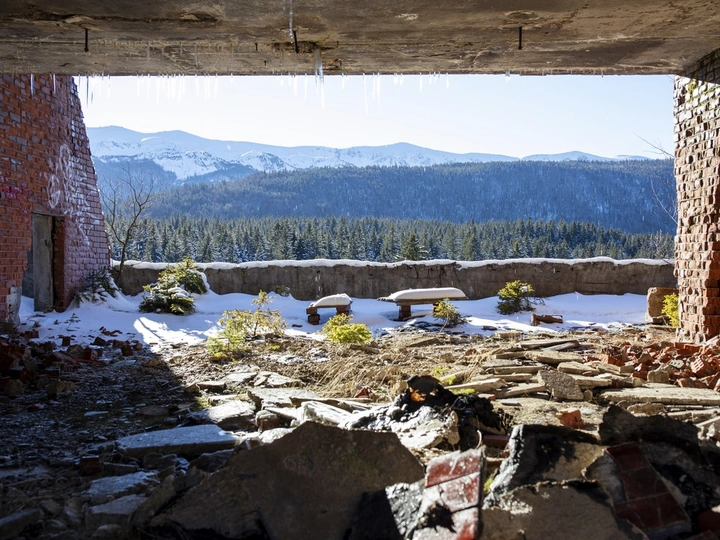Preserving Olympic Legacy - Bridging Divides

Emina Zejnilovic
Emina Zejnilović and Erna Husukić, are architects, researchers and university professors deeply engaged in investigations that explore the interplay between space, society, and memory. Emina's academic focus lies in socio-territorial interventions and its impact on visual expression and collective memory. Meanwhile, Erna's research interests revolve around urban transformations, city regeneration, and urban memory, particularly in the context of mega-events like the Olympic Games and their influence on global culture.
Having authored four books and numerous academic papers, they bring extensive expertise to their field. Their recent work delves into the competing collective memory of the city of Sarajevo and the impact of the Olympic Games on its urban legacy, as showcased in their latest book, "Spaces of War Memory and Imagination: Sarajevo Olympics 1984’’. This research was funded by the IOC - Olympic Study Centre through the Advanced Olympic Research grant program, as one of five proposals selected from numerous submissions worldwide, marking the first time a project of this nature has come from Bosnia and Herzegovina.
They have actively participated in multiple research and development projects through various EU and locally funded initiatives, including coordination of Erasmus+ CBHE TACEESM project. This project facilitated the modernisation and digitalization of the academic educational programs and process’, underscoring their commitment to advancement of education and research.
Together, our work aims to further analyze and preserve the Olympic legacy related to the rising spatial and visual pollution of memory sites by challenging the status quo, and working on digital protection and knowledge visualisation.
This proposal is part of a wider research on socio-spatial dialects of the administratively divided Olympic city of Sarajevo as a receptive locus of collective memory.
It was initiated with an aim to understand the fate of the Olympic legacy in a post-war, divided city - an unprecedented socio-political experience for any Olympic host in modern Olympic history. The investigation led to a broad research agenda spanning numerous scientific disciplines, analyzing the relationships between local politics, economics, culture, legacy, and sustainable urban development. The research culminated in a book—a visual repertoire featuring original illustrations, drawings, maps, photographs, and archival material, complemented by essays that portray the unique character of the Olympic city and reveal the reality of Sarajevo's Olympic heritage.
Tracking the socio-spatial impact of the Olympic heritage posed new questions about evolving spatial and memory discourse. It highlighted pressing global issues related to urban expansion, such as vertical growth and the urbanization of mountains, which lead to environmental, spatial, and visual pollution. The study emphasized the potential of leveraging collective memory to address deeper socio-spatial challenges while examining boundaries as phenomena that can both divide and connect; exclude and include. Most importantly, it underscored the urgent need to preserve the legacy and creatively integrate it into the urban fabric to safeguard it for the long term.
These initiatives serve as a blueprint, showing how creative urban planning can bridge divides and cultivate forward-thinking communities. They also emphasize the importance of balancing urban development with cultural and environmental preservation, which is essential for cities worldwide that face similar challenges.